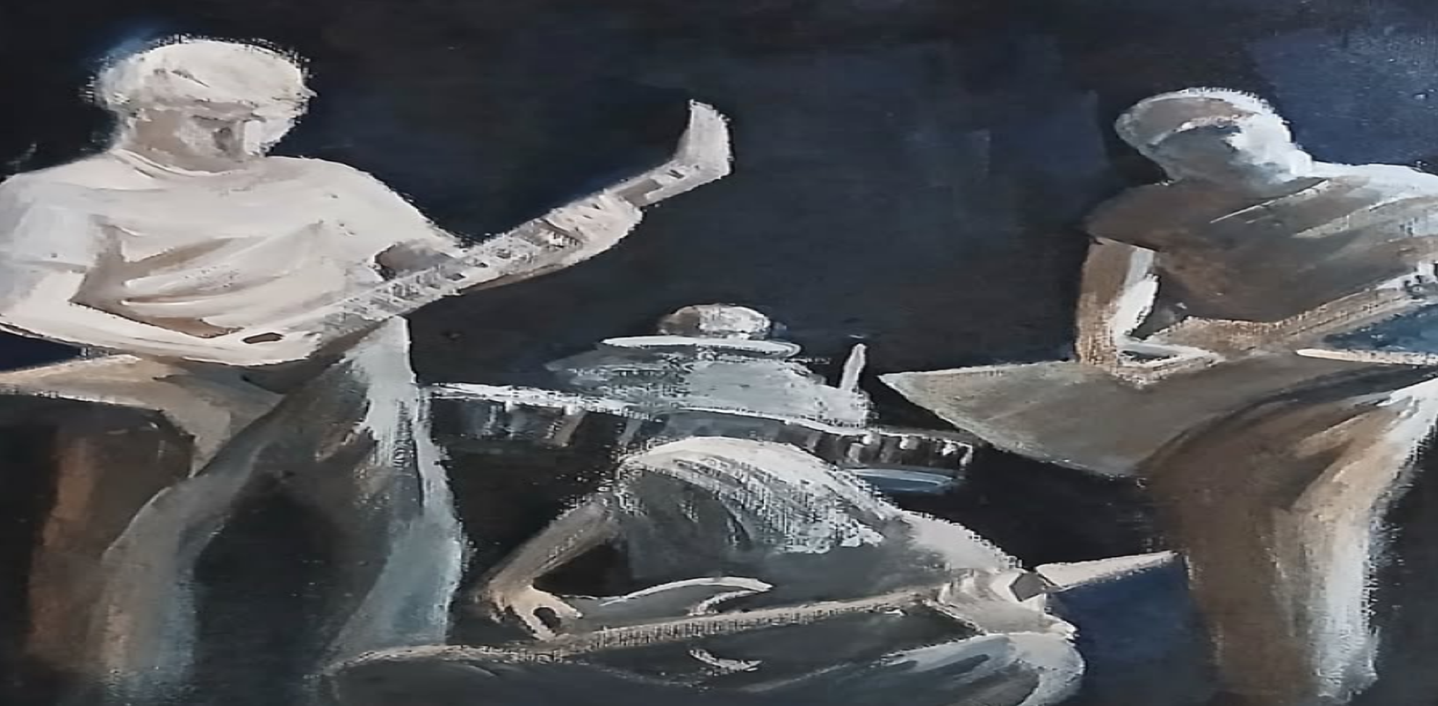Music’s Life Offstage: The Return of Aura in Live Musical Performance
If you couldn’t attend music performances in the flesh you could still turn to a studio recording, which to the extent it was fully accessible still undeniably provided a simple acoustic phenomenon that conveyed the absolute musical totality. A thing quite unlike a meal in that it would be no better or worse if it were made right in front of you by the artist. Theorists like Walter Benjamin thought this would spell the end of the prestige accorded to live musical performances. They were, he was, premature in that judgement. Not only has aura returned, it has returned in a new, hypermobile form that attaches exclusively to live musical performances. Even as the spatiotemporal exclusivity of live music performance gathers its audience up into a spontaneously arising cult of authentic and vulnerable musical experience it excludes everyone not physically present to witness the spectacle. The discursive activity of concert attendees, and the cottage industry of concert review and reaction content, reify the identity of concert-goers as the audience segment uniquely qualified to identify and celebrate the full range of aesthetic qualities possessed by the music. But do concert-goers really get something aesthetically valuable from the music that those who listen to it privately on a studio recording don’t?



